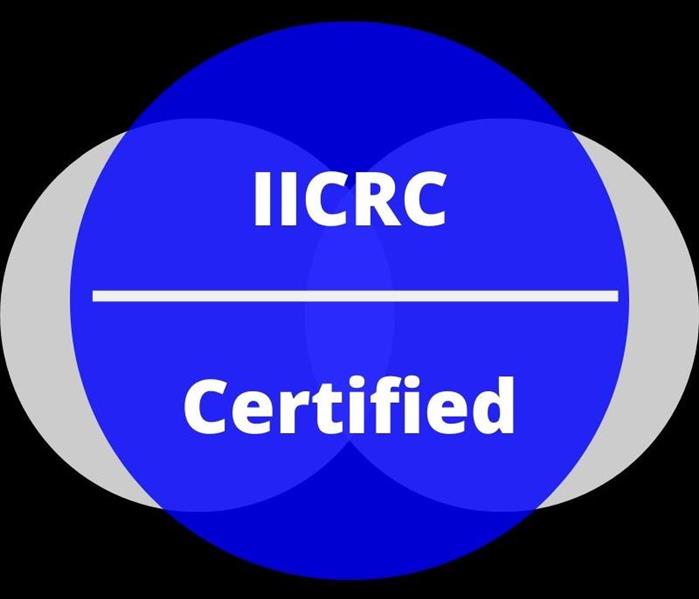Setting Standards: The IICRC and the Property Restoration Industry
1/23/2020 (Permalink)
Setting Standards
Property restoration includes a wide area of services all with the primary purposes of cleaning up messes, repairing damages, restoring building structures and contents, and protecting fragile properties against further damages. The professionals who offer these services typically offer solutions for residential and commercial property owners who have suffered damages because of
Flooding and excess moisture
Fire, smoke, and soot
Sewage and odors
Severe weather and storms
Mold growth
Biohazards
Although property restoration professionals may have training and expertise in specialized areas, most are required to have met some certifications. The IICRC, or Institute of Inspection, Cleaning, and Restoration, is a certification organization that sets standards for the related industries.
What Is the Institute of Inspection, Cleaning, and Restoration?
The IICRC is a third-party certification agency that also oversees the training and education of restoration and cleanup technicians. Some of the classes that technicians study include fire and water restoration, carpet cleaning, upholstery cleaning, and structural drying. Technicians may also earn certificates in mold remediation, restorative drying, and tarping services. If restoration professionals plan to work with biohazards, special training courses must be completed.
What Is Mitigation?
Mitigation is an important element of cleaning and restoration services. The goal of mitigation is to reduce losses by limiting the effect of disasters. When a property has been damaged by flooding or fires, it may seem that the extent of damages is complete. However, secondary damages are often a possibility. For example, mold growth can take place after floodwaters have been cleaned up. Once the flames of a property fire are gone, the structure may suffer secondary damages because moisture has been absorbed from the water used to fight the fire. A mitigation certificate shows that technicians have demonstrated their ability to prevent further losses.
The Importance of Industry Standard Makers
The IICRC plays a vital role in preparing property restoration and cleanup professionals to perform their jobs with top quality results. It also keeps industry standards high, protecting clients from all walks of life. If you require restoration services in Oklahoma City, OK, choose a company that lives up to these standards and requires trained employees.





 24/7 Emergency Service
24/7 Emergency Service
